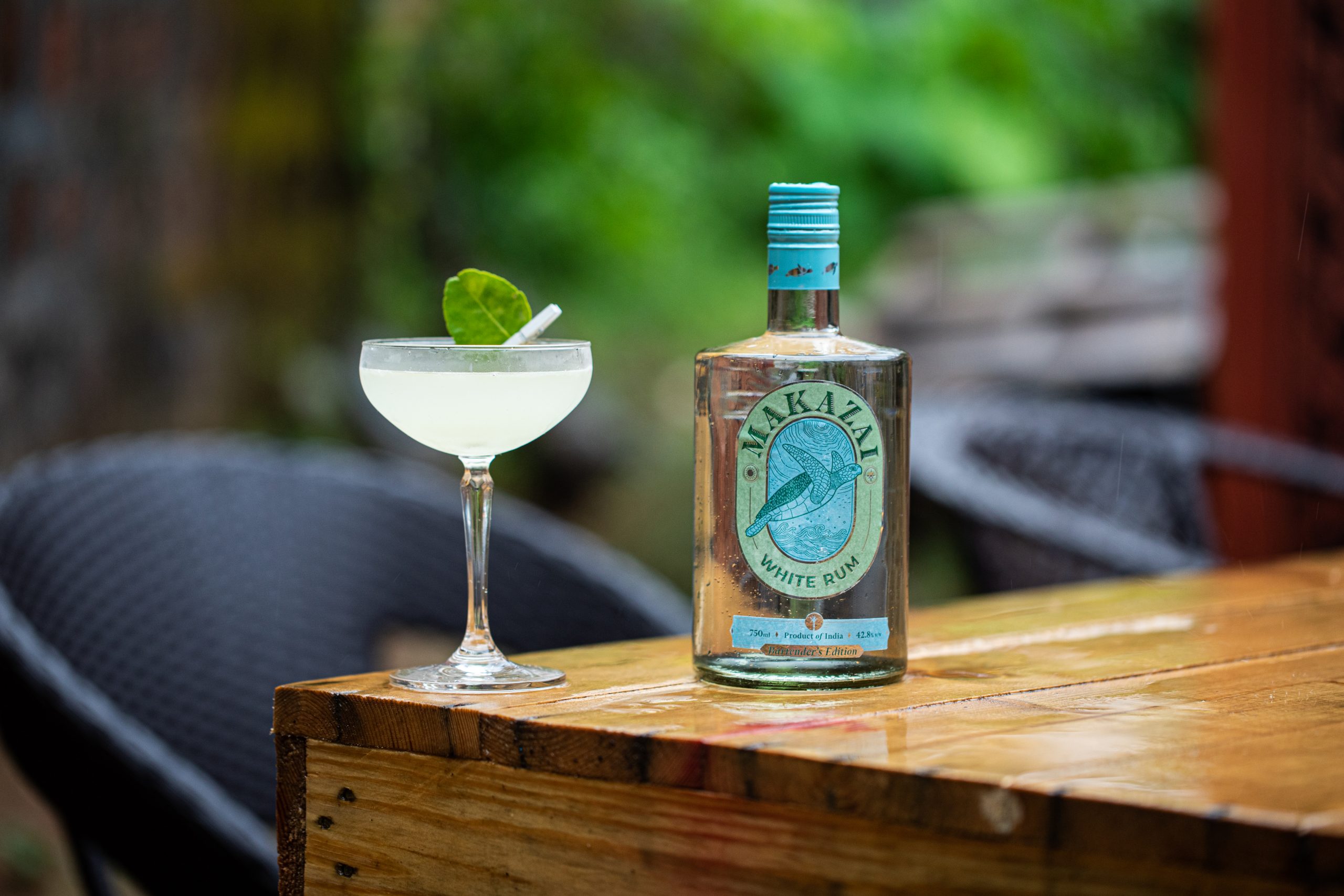Soju, often referred to as the “Korean vodka,” is a traditional Korean alcoholic beverage that has become increasingly popular worldwide. With its mild flavor, smooth texture, and moderate alcohol content, soju is a versatile drink enjoyed on various occasions, whether it’s a casual dinner or a celebratory event. In this blog, we will cover the history, production process, different types, popular soju brands, and how to drink it.
1. The History of Soju
Soju’s history can be traced back to the 13th century when the Mongols introduced distillation techniques to Korea. Since then, soju has evolved to become a cultural staple in Korea and a favorite spirit across the globe.
- 13th Century: The origins of soju began during the Mongol invasions of Korea. The distillation techniques were brought over from the Middle East, specifically through the Mongol Empire’s interactions with Persia.
- Joseon Dynasty: Soju became increasingly popular during this period and was produced using rice as the main ingredient.
- Modern Era: Due to rice shortages during the Korean War, manufacturers began using alternative starches like sweet potatoes and barley. Today, soju is consumed widely in Korea and abroad, and rice-based soju has made a resurgence.
2. How Soju is Made
Soju is made through a distillation process similar to other spirits but has a unique process that gives it its distinct flavor profile. Here’s how it’s made:
- Fermentation: The base ingredient, usually rice, barley, wheat, or sweet potatoes, is fermented with yeast to create a mash.
- Distillation: The fermented mash is distilled to separate the alcohol from the solids, resulting in a clear, potent liquid.
- Dilution: The distilled alcohol is typically diluted with water to lower the alcohol content, which can range between 16% and 25%.
- Flavoring (Optional): Some modern soju varieties include fruit flavors like apple, peach, and grape to make the drink more appealing to younger consumers.
3. Types of Soju
Soju comes in various forms, with traditional and modern variations available. Here are the primary types:
- Distilled Soju
Traditional soju is distilled directly from grains like rice, wheat, or barley. This type tends to have a more complex flavor and higher alcohol content compared to diluted versions. - Diluted Soju
Diluted soju is the most common form of soju available today. It’s made by diluting distilled alcohol with water to reduce its strength and smoothen its taste. - Flavored Soju
In recent years, flavored soju has become a hit, especially among younger drinkers. Flavors like peach, apple, grape, and grapefruit have gained popularity, adding a sweet and fruity twist to the classic drink.
4. Popular Soju Brands in India
Soju has become a popular spirit in India due to the growing interest in Korean culture. Here are some popular soju brands that are readily available in the Indian market:
- Jinro Soju
One of the top-selling brands globally, Jinro offers a range of soju flavors, including the classic and flavored varieties like peach and grapefruit. - Chum Churum
Known for its smoothness and mild taste, Chum Churum soju is another popular brand in India, offering both classic and fruit-flavored versions. - Good Day Soju
Good Day Soju is well-loved for its fruit flavors such as blueberry and pineapple, making it an excellent choice for beginners. - Charm Soju
A favorite among soju enthusiasts, Charm Soju offers a crisp and clean taste, making it ideal for those who prefer traditional, unflavored soju.
5. How to Drink Soju
There are several ways to enjoy soju, and each method offers a different experience. Here’s how to drink soju the traditional Korean way:
- Straight
Soju is traditionally served neat in small shot glasses. It’s common to drink it in one go, but you can also sip it slowly to enjoy the taste. - Soju Bomb (Somaek)
A popular combination in Korea is mixing soju with beer to create a “soju bomb” or somaek. Simply drop a shot of soju into a glass of beer and drink it together for a fun, fizzy experience. - Cocktails
Soju can also be mixed into cocktails, especially the flavored versions. Popular mixes include soju with tonic water, lemonade, or fruit juice. - Pairing with Food
Soju is often paired with Korean dishes like grilled meat (samgyeopsal), spicy stews, and fried chicken. The drink complements savory and spicy foods, balancing out strong flavors.
6. Health Benefits of Soju (In Moderation)
Like other alcoholic beverages, moderate consumption of soju may have certain health benefits:
- Antioxidants: Some soju contains herbal ingredients that may offer antioxidant benefits.
- Digestion: Soju, when consumed with food, can aid in digestion, especially when paired with spicy dishes.
- Heart Health: Similar to other spirits, moderate soju consumption may improve cardiovascular health due to its ability to promote good cholesterol levels.
7. The Popularity of Soju in India
Soju has steadily grown in popularity in India, largely due to the influence of Korean pop culture, including K-pop music and K-dramas. As Indian consumers become more adventurous with their alcohol choices, soju has found its place in bars, restaurants, and homes across the country. Soju tasting events and Korean-themed restaurants are contributing to the rise of this refreshing spirit in India.
Conclusion
Soju is a versatile and enjoyable spirit that can be consumed in various ways, from traditional shots to creative cocktails. Its rise in popularity, especially in India, is a testament to its cultural significance and widespread appeal. Whether you’re a fan of traditional soju or prefer flavored varieties, there’s a soju for every palate. So, the next time you’re looking to try something new, why not give soju a shot?























Leave a Reply